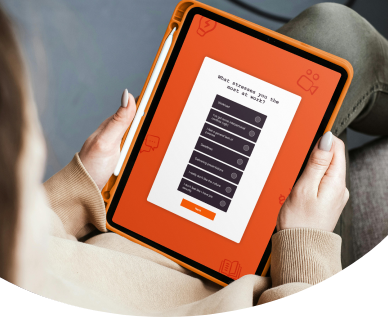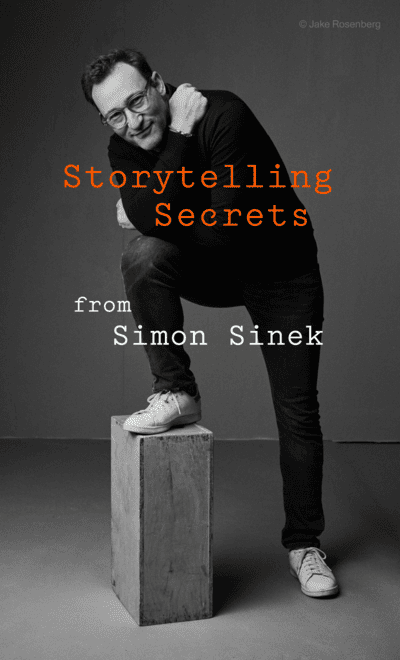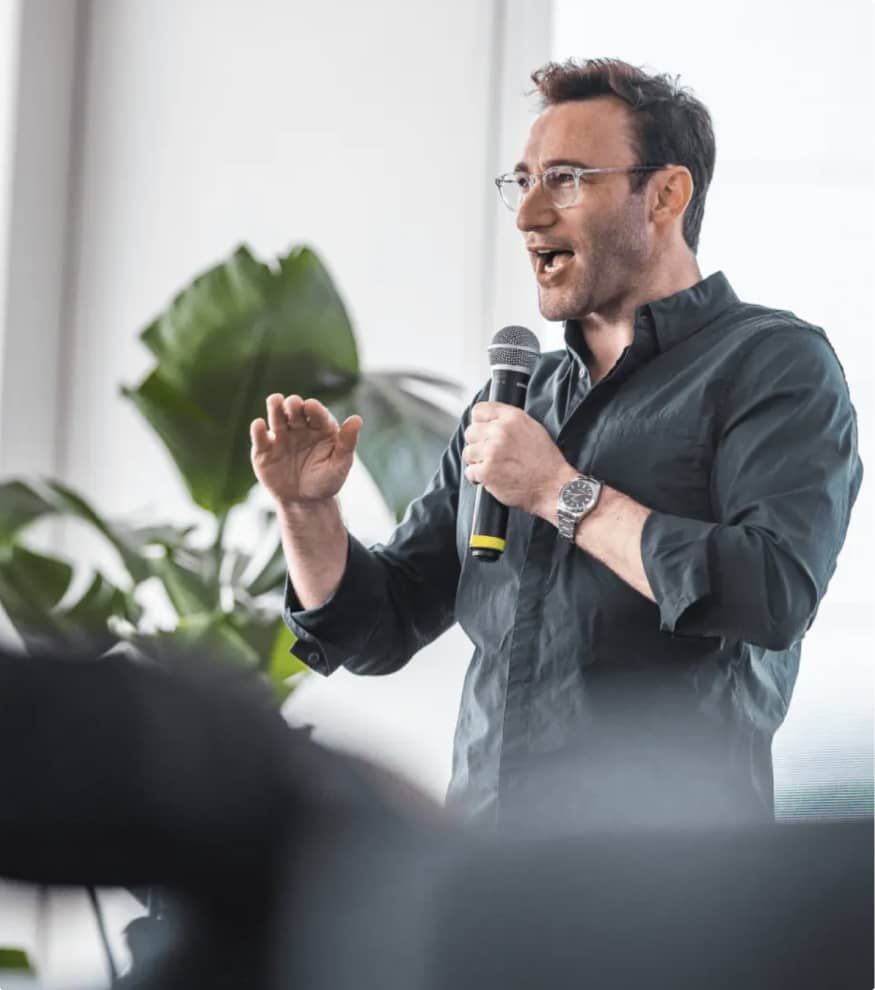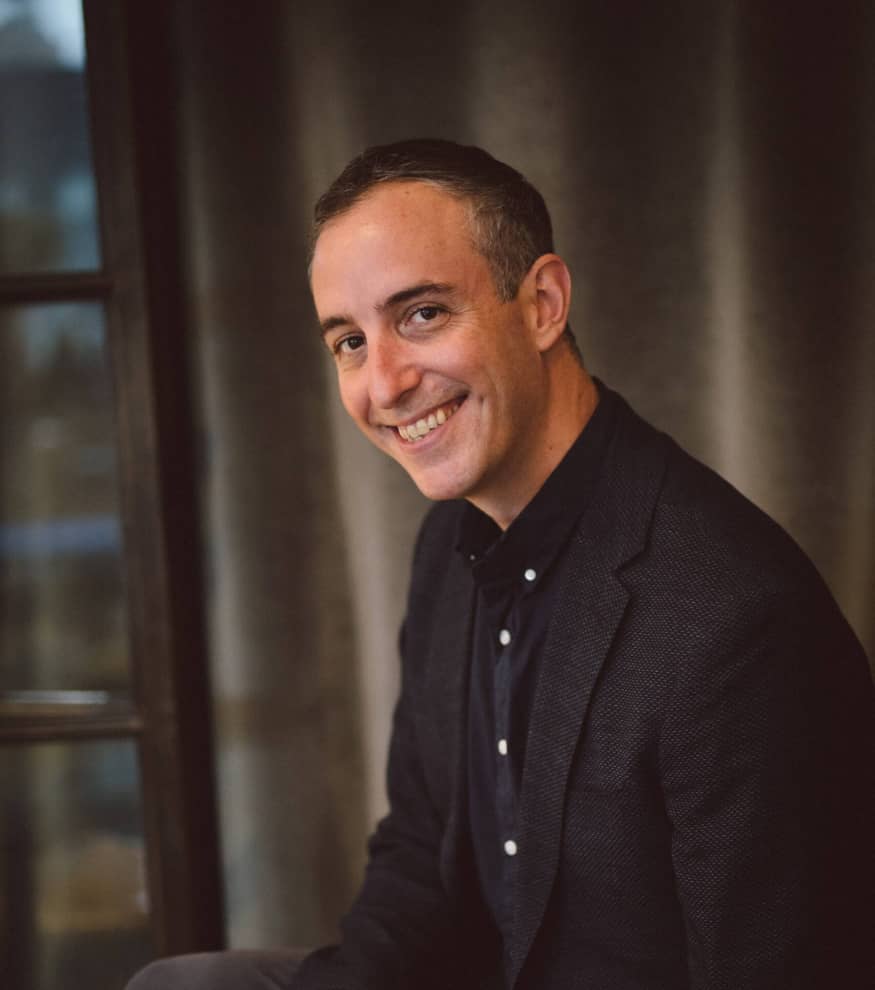You know that feeling when someone takes credit for your work in a meeting and you can literally feel your blood pressure spike? Or when you get that passive-aggressive email and suddenly you’re mentally drafting a response that would make your HR rep weep?
Yeah. We’ve all been there. (We’re only human, after all.) But if you’re finding yourself running hot at work on occasion, here’s a crazy fact we learned from Dr. Sara Kuburic, a psychotherapist who teaches the online course, How to Handle Conflict at Work.
That overwhelming emotion you’re feeling? Physiologically, it only lasts about 90 seconds.
We know, we know. If you’ve ever spent an entire weekend replaying an argument with your boss, this sounds completely wrong. But stick with us, because understanding why we stay angry for hours (or days) changes everything about how we handle these moments.
According to Dr. Kuburic, “The narratives we tell and retell ourselves retrigger these feelings over and over again. Instead of witnessing the emotion—noticing how we feel and how it’s being expressed in our body, and appropriately responding—we latched on to the thought that evoked it in the first place.”
Translation? You’re not still furious because the emotion never ended. You’re still furious because you keep replaying it, rehashing it, and basically hitting the “restart” button on those 90 seconds over and over.
So what do you actually do when you’re at that breaking point? Here’s what Dr. Kuburic recommends:
Step 1: Catch Yourself in the Replay Loop
Look, that first wave of anger or frustration or hurt? That’s real. That’s your body doing its thing. You get about 90 seconds of pure physiological response—heart racing, face flushing, all of it. That part isn’t really up to you.
But here’s where it gets interesting. After those 90 seconds? The choice is yours.
Dr. Kuburic explains it like this: “It’s the meaning we attribute to the thought that perpetuates the feeling, and keeps us hostage.” So after that initial reaction, pause and ask yourself: Am I actually still feeling this, or am I now just thinking about it? Am I replaying what they said on a loop? Imagining the perfect comeback? Catastrophizing about what this means for my career?
Why this matters: “At what point does how we feel become a choice?” Dr. Kuburic asks. “If we keep feeding or dwelling in the narratives that hurt us, is it on us? Does it mean we choose to feel this way? Yes. It does. After their 90 seconds have come and gone, you have the power to consciously choose your narrative.”
And before you think this is about blaming yourself for feeling bad—it’s not. She’s super clear about this: “This perspective is not meant to blame us for feeling hard things, but rather to empower us.”
It’s about recognizing that you have more control than you think. Which, honestly, feels pretty good when everything else feels out of control.
Step 2: Get Specific About What You’re Actually Feeling
Here’s something that sounds weird but actually works: when you’re drowning in one big emotion, don’t try to make it smaller. Make it bigger.
Dr. Kuburic suggests this: “When you feel an especially strong emotion, try to identify one or two other emotions that are also present. The more the better. Although it may seem counterintuitive to try and feel more when you are already overwhelmed, identifying multiple emotions can actually dilute the power of the consuming emotion.”
So yeah, you’re angry. But what else? Are you also embarrassed that this happened in front of everyone? Disappointed because you thought this person was better than that? Anxious about how to fix it? Maybe even a little relieved that the issue is finally out in the open?
Why this helps: Dr. Kuburic points out that “most of us usually won’t allow ourselves to feel something that’s seemingly contradictory. We struggle to hold both. A common combination, for example, is sadness and relief, yet we often ignore the relief because we don’t know how to make sense of these two feelings together. So we overcommit to sadness. Until we learn to carry it all, we will only see one side of ourselves.”
When you name all the feelings—even the contradictory ones—that one overwhelming emotion loses some of its grip on you. It’s like, oh, this isn’t just pure rage. It’s actually this complicated mix of things I’m dealing with. And somehow that makes it more manageable.
Step 3: Give Yourself Permission to Pause Before You Respond
This is the big one. The difference between sending that scorched-earth email and actually solving the problem.
Dr. Kuburic makes this distinction: “Responses are thoughtful and rooted in authenticity, reason, and values. They are aligned with who we are and who we want to become. They take context into consideration. Reactions are rooted in wounds, fears, insecurities. They are often our misguided attempt to protect ourselves.”
Basically? Reactions are what happen when we don’t give ourselves that pause. Responses are what happen when we do.
Real example from her course: “If a coworker accidentally insults you, reacting would be insulting them back. Responding, on the other hand, would look like taking a deep breath and setting a clear boundary.”
Why this works: That pause—that space between what happened and what you do next—that’s where all your power is. As Dr. Kuburic notes, “One problem that we encounter is that we often don’t notice our emotions until they overwhelm us. We have clever ways of sidestepping or ignoring our feelings so that we don’t have to deal with them… until we do. And the moment we are ‘forced’ to deal with emotions, we often react.”
So give yourself permission to take a beat. Walk around the block. Sleep on it. Whatever you need to create that space.
Step 4: Figure Out What Your Emotions Are Trying to Tell You
Here’s where Dr. Kuburic’s approach really clicked for us. She doesn’t want you to just stuff your emotions down or “manage” them. She wants you to actually listen to them.
“Emotions are not liabilities—they are tools,” she says. “Our emotions exist to tell us things that our rational brains miss. But in order to learn from our emotions, we must first be able to recognize, identify, and understand them.”
She suggests asking yourself these questions:
What is this emotion trying to tell me?
For example, “Anger often tells us 3 things: Our boundary is being crossed, our need is not being met, or our role or positions feel threatened.” So if you’re angry, which one is it? That actually gives you somewhere to start.
What can I learn from this?
“Every emotion we experience towards others is a mirror, reflecting not only our perception of them but also revealing deeper layers about our own beliefs and past experiences. Jealousy, for instance, speaks to our own insecurities or unfulfilled needs.” Ouch, but also… useful to know, right?
Which of my values is this touching?
Here’s an example from the course: “Let’s say you’ve been asked to work with a high-performing team that often cuts corners. You feel uneasy but you can’t immediately identify why. By asking yourself, ‘Which of my values is this emotion speaking to?’, you realize that one of your core values is integrity.” Suddenly that vague unease makes sense.
What story am I telling myself about this?
Why this matters: “Identifying the right emotion is so important because every emotion comes with a different message,” Dr. Kuburic explains. “We need to know what this message is in order to show up authentically and be able to communicate what we are experiencing with others.”
Your emotions are trying to help you. They’re just not always great at being clear about it.
Step 5: Decide Who You Want to Be in This Moment
This is the part that keeps us from doing things we’d regret. Dr. Kuburic frames it like this: “Every action and inaction shapes who we become. Deciding what we do with our emotions is a lot more significant than managing the situation, it’s about shaping your future Self.”
So when you’re feeling completely overwhelmed, ask yourself:
- How do I want to handle this?
- What am I actually trying to achieve here?
- Do I need more time to think about it?
- Do I need to sit with this feeling a bit longer?
- Am I ready to talk about it?
And then, whatever you decide, own it. “Some expressive acts lead to deeper understanding and some can be harmful—this distinction is really important. Whatever we decide to express, we must take responsibility for our actions.”
Why this works: As Dr. Kuburic puts it: “Who do you want to be? You are defined by the choices you make. Now act like it.”
It’s not about being perfect. It’s about being intentional.
Want to go deeper? Check out Dr. Kuburic’s course, “How to Handle Conflict at Work,” by clicking here.







